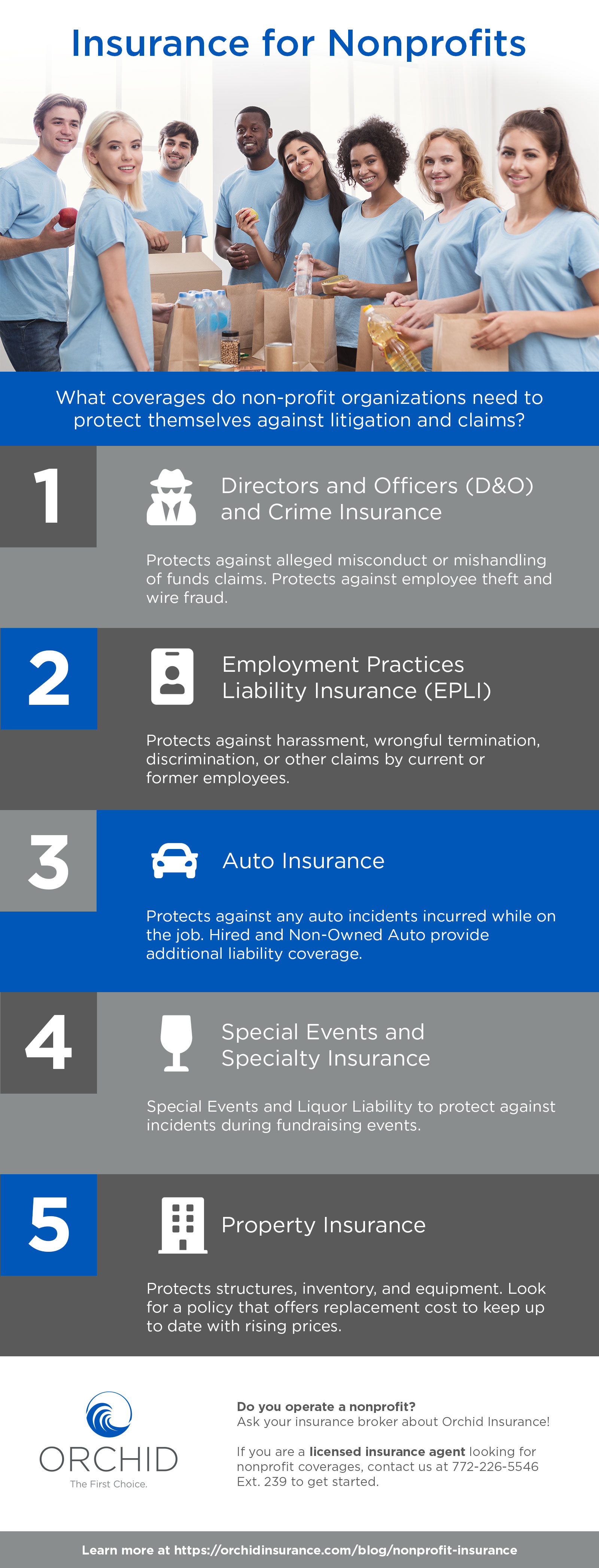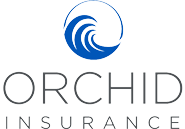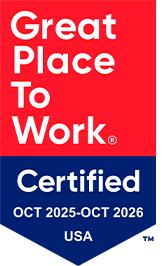Nonprofit organizations have a laser focus on serving their members while balancing the needs of donors, volunteers, employees, and board members. While many nonprofits operate on a tight budget, they may still be liable for the same potentially devastating insurance risks that wealthier for-profit firms face. What are the biggest risks a nonprofit faces and what types of insurance do they need most?
Common Types of Nonprofit Organizations
The US Tax Code lists 27 different types of nonprofits, each with different rules for eligibility, lobbying, electioneering, and tax-deductible contributions. They include social and political organizations, credit unions, foundations, veterans’ associations, charities and houses of worship.
While over 1.6 million nonprofits currently exist in the US, the vast majority (over 1 million) are listed as a “501 (c) (3)” organization. Donations to these groups are typically tax deductible. The category includes a wide variety of organizations, from social services and sports to local charities and educational institutions.
Trade and professional organizations typically fall under the “501 (c) (6)”. There are over 63,000 of these organizations across the US. Social organizations, religious groups, cemeteries, and hospitals are often included in this category.
While your CPA will need to understand the organization’s tax classification, the insurance broker also needs to know to find coverage that complies with federal nonprofit guidelines.
Highest Risks faced by Not-for-Profits
Non profit and for-profit organizations both face a common risk: employee liability. Staff and volunteers alike may file claims for sexual harassment, wrongful termination, discrimination, and other employment related issues. Whether intentional or not, these claims are increasing, and the legal issues are complex (and expensive).
Another area of risk is for Board Members. Whether paid or volunteer, Board Members can be personally liable for mismanagement of funds. Donors and members may not agree with the Board’s financial decisions and may show their displeasure by filing a lawsuit against directors and officers of the organization.
Fundraising events are often the organization’s main revenue source. However, the smaller risks may go overlooked and end up draining their bank account. Is there coverage for special events? What about product liability coverage for the upcoming bake sale, in case someone has a peanut allergy? Are staff and volunteers protected in case of an automobile accident while performing their assigned duties? What if a member, donor, or Board Member gets injured during a visit?
These are all common issues for nonprofits and why they need the right coverage to mitigate those risks.
Top 5 Nonprofit Insurance Coverages
- Directors and Officers (D&O) and Crime Insurance. Directors, Company Officers, and Board Members need to be protected against alleged misconduct or mishandling of funds claims. While this line of insurance does not typically protect against criminal behavior, it does protect them should a lawsuit be filed by members and donors. As an affordable add-on, a crime policy is essential to protect against employee theft and wire fraud, as well as growing incidents of “social engineering fraud” where organizations are misled into transferring funds online to fraudulent recipients.
- Employment Practices Liability (EPL) Insurance. Your greatest asset – and greatest risk – are employees. Non profits have as much risk exposure as for-profit firms and need to be protected when harassment, wrongful termination, discrimination, or other claims are alleged by current or former employees.
- Auto Insurance. Non profit organizations depend upon staff and volunteers to travel to events, serve members and perform common, routine functions. Auto insurance protects nonprofits against any accidents incurred while on the job. Additional coverages, like Hired and Non-Owned Auto, provide liability coverage for property damage or injury by employees who drive during their normal course of work activities.
- Events and Specialty Insurance Lines. Charitable organizations often depend on fundraising events for revenue. These events can be an even greater success by protecting the organization, donors and visitors with Special Events and Liquor Liability insurance lines.
- Property Insurance. Whether it’s a Homeowner Association (HOA) with $10 million worth of buildings or a small charitable organization with 5 computers, property insurance protects structures, inventory, and equipment. Look for a policy that offers replacement cost to keep up to date with rising prices. Running a charitable business from home? Make sure you check with your insurance agent since homeowner’s insurance probably won’t insure a non-profit organization’s assets.
How Orchid Insurance can help your Nonprofit Organization
Determining the right insurance coverage and deductibles doesn’t have to be confusing or expensive. Orchid Insurance has deep experience in understanding and providing insurance to:
- Houses of Worship
- Community Associations
- Charities
- Sports Organizations
- Social Services
- Business and Trade Associations
Ask your insurance broker about Orchid Insurance!
If you are a licensed insurance agent looking for nonprofit coverages, contact us at 772-226-5546 Ext. 239 to get started.

Embed this on your website by copy-pasting this code:


